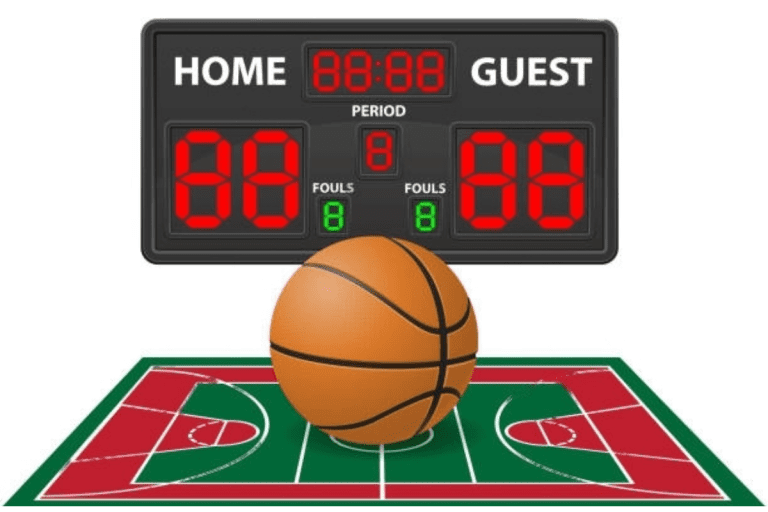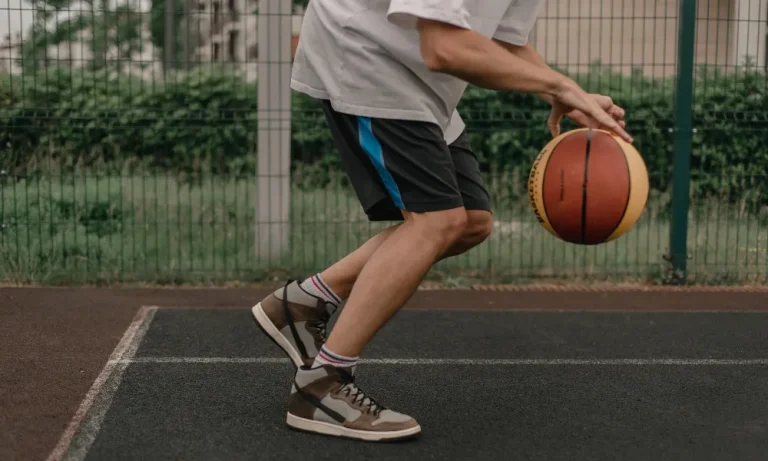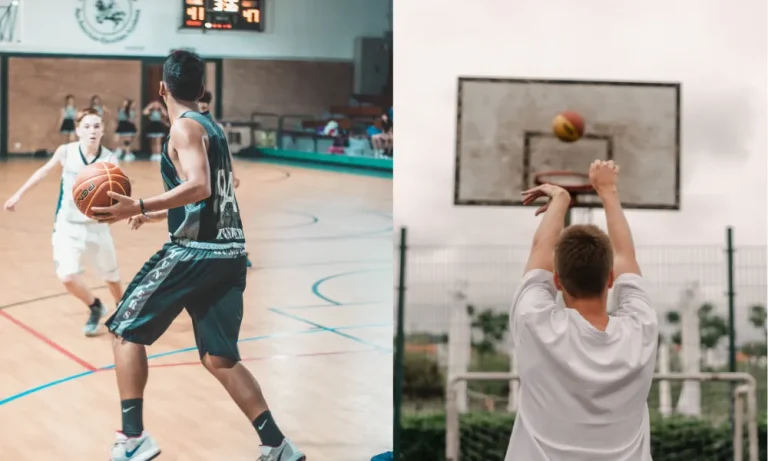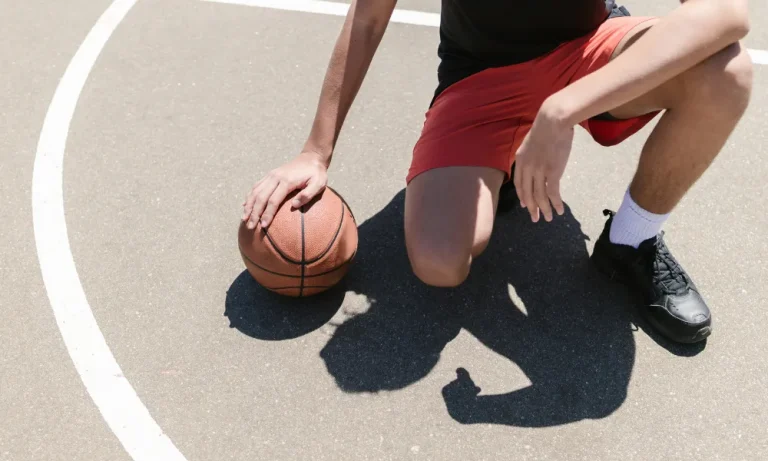Basketball Courts in Prisons: Fact or Fiction
Title: “Behind Bars: Exploring the Truth About Basketball Courts in Prisons”
Meta Description: “Uncover the reality of basketball courts in prisons and discover whether it’s a fact or just a myth. Delve into the benefits and controversies surrounding this topic.”
Have you ever wondered if there are basketball courts in prisons? Well, the reality might surprise you. In this article, we’ll delve into the truth behind this topic and separate fact from fiction. So, put on your thinking cap as we uncover the benefits, controversies, and everything in between about basketball courts in prisons. Let’s get started!
The History of Basketball in Prisons
Basketball in correctional facilities has a rich and fascinating history. It all began in the early 20th century when the sport gained popularity among inmates as a means of physical activity and recreation. The simplicity of basketball, with its minimal equipment requirements, made it accessible and suitable for the limited spaces within prison walls.
Basketball quickly became a favorite pastime for inmates, providing them with a much-needed outlet for their energy and emotions. Beyond its physical benefits, the game also had a profound impact on their mental well-being. Engaging in basketball helped inmates alleviate stress and boredom, fostering a sense of camaraderie and boosting their overall morale.
Over the years, numerous initiatives and programs have been introduced to promote basketball in prisons. These programs aim to provide inmates with structured opportunities to participate in the sport, fostering discipline, teamwork, and self-improvement. They often include coaching and mentoring components, allowing inmates to develop valuable life skills both on and off the court.
Notable examples include the Hoops for Hope program, where former professional basketball players visit correctional facilities to conduct training sessions and inspire inmates. Additionally, some prisons have implemented intramural leagues and tournaments, creating a sense of healthy competition and camaraderie among inmates.
The Benefits of Basketball Courts in Prisons
Having basketball courts in correctional facilities brings forth a range of positive effects for inmates. Firstly, basketball is a great way to improve physical fitness. In the confined environment of a prison, regular exercise can be challenging, but with a basketball court, inmates have the opportunity to engage in a sport that promotes cardiovascular health, strength, and coordination. It helps them stay active and maintain their overall well-being.
Moreover, basketball encourages teamwork and cooperation among inmates. The sport requires players to communicate, strategize, and work together towards a common goal. By participating in basketball games, inmates develop essential social skills such as trust, respect, and effective communication. These skills can be transferable to other areas of their lives, fostering personal growth and enhancing their chances of successful reintegration into society.
There have been numerous success stories and case studies highlighting the positive impact of basketball in prisons. For instance, studies have shown that inmates who actively participate in basketball programs exhibit reduced disciplinary issues and improved behavior. Additionally, success stories of former inmates who found solace and purpose through basketball after their release are inspiring testaments to the transformative power of the sport.
Controversies and Challenges
While basketball courts in prisons have their merits, it is important to acknowledge the criticisms and concerns surrounding their presence. One argument against providing recreational facilities for inmates is the perception of it being a “luxury” or reward for criminal behavior. Some people argue that prisons should focus solely on punishment and not provide amenities that could be seen as privileges.
Another concern is the potential misuse or security risks associated with basketball courts. Critics worry that these facilities could become hubs for illicit activities, such as the exchange of contraband or the gathering of inmates for unsanctioned purposes. Moreover, opponents argue that resources allocated to building and maintaining basketball courts could be better utilized for other purposes within the prison system, such as educational programs or mental health services.
It is crucial to engage in a balanced discussion on this issue. While there are valid concerns, it is important to consider the potential benefits of basketball courts in prisons as well. These facilities can serve as a constructive outlet for inmates, promoting physical health, teamwork, and personal growth. Additionally, well-structured programs and proper supervision can mitigate security risks and ensure that the facilities are used for their intended purpose.
Rehabilitation and Recreation: Finding the Balance
Basketball courts play a significant role in the rehabilitation process of inmates. Recreational activities like basketball can contribute to reducing recidivism rates by providing inmates with a positive outlet for their energy and emotions. Engaging in sports and physical activities helps inmates develop discipline, self-control, and goal-setting skills, which are crucial for their successful reintegration into society.
Furthermore, recreational facilities like basketball courts foster a sense of normalcy within the prison environment. They offer a break from the monotony and tension of daily prison life, allowing inmates to experience moments of joy, camaraderie, and healthy competition. By providing opportunities for recreation, prisons can create an environment that acknowledges the importance of holistic rehabilitation, addressing the social and emotional needs of inmates alongside punishment.
A balanced approach that includes both rehabilitation and punishment is essential. While punishment serves as a deterrent and holds individuals accountable for their actions, rehabilitation is crucial for breaking the cycle of criminal behavior. By offering recreational activities like basketball, prisons can create an environment that supports rehabilitation, helping inmates develop essential life skills, improve their mental and physical well-being, and ultimately increase their chances of successful reintegration into society.
Conclusion
the debate surrounding the presence of basketball courts in prisons is a complex one. While critics argue against providing recreational facilities for inmates, proponents highlight the benefits they bring to the rehabilitation process. A balanced approach that includes both punishment and rehabilitation is necessary for a more effective and humane prison system. Informed discussions around prison reform are crucial to understanding the complexities involved.
Technical FAQs: Basketball Courts in Prisons: Fact or Fiction
Are basketball courts commonly found in prisons?
It depends on the prison and its policies. Some prisons do have basketball courts, while others may not.
Do inmates have access to basketball courts at all times?
No, access to basketball courts is typically regulated and scheduled to ensure fair and safe usage.
Are there any restrictions or rules regarding inmate participation in basketball activities?
Yes, there are usually rules in place to ensure proper conduct, safety, and fair play during basketball activities.
Are basketball courts in prisons purely for recreational purposes?
While recreation is an important aspect, basketball courts in prisons also serve as a part of the rehabilitation process.
Do all prisons believe in the benefits of having basketball courts for inmates?
No, there is debate and differing opinions among prisons regarding the necessity and effectiveness of basketball courts.
Can basketball courts in prisons help reduce recidivism rates?
Yes, engaging in sports like basketball can contribute to reducing recidivism rates by providing positive outlets for inmates’ energy and emotions.






